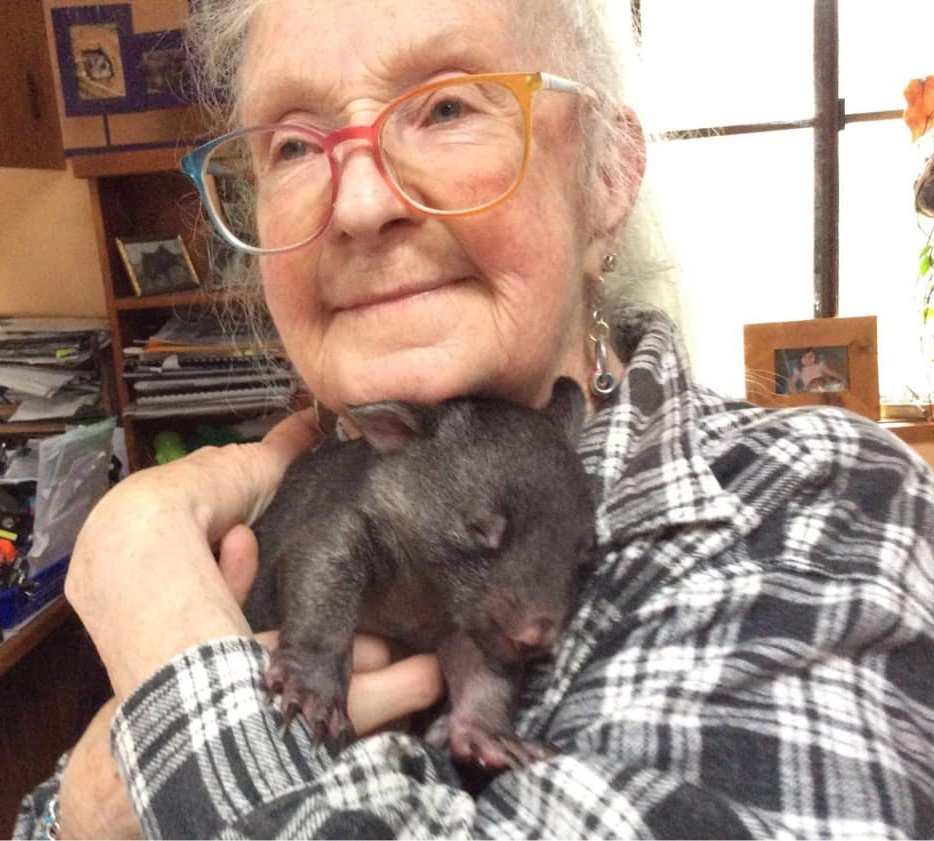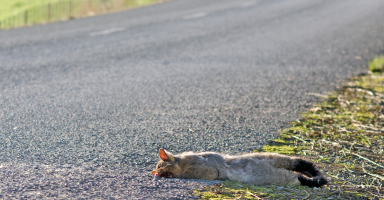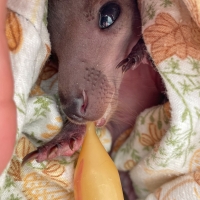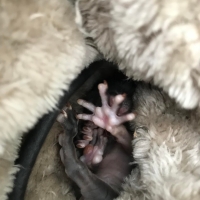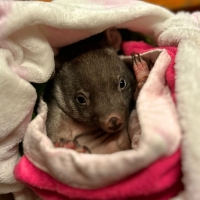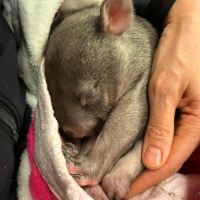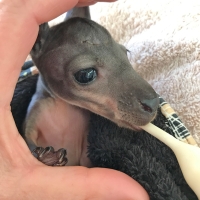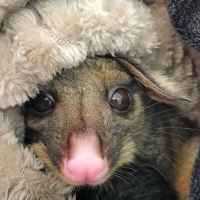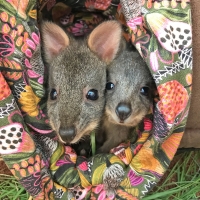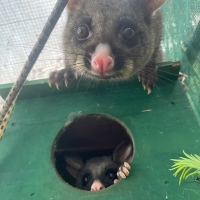Being a wildlife rehabilitator
Being a Wildlife rehabilitator is incredibly rewarding, but it can also be time-consuming, and emotionally challenging.
Taking care of wildlife is very different from looking after a domestic pet like a cat or a dog. Our wildlife species are incredibly unique and so need special enclosures and very specific diets.
Caring for any native species requires specialised knowledge and experience and all carers must complete training before being able to register as a Wildlife Carer.
Caring for wildlife is often an around-the-clock job. Young animals may need to be fed several times a day and, in the case of joeys and baby birds, often through the night as well, so their milks will need to be prepared or food and vegetation for older animals collected in advance.
Just like human babies, native animal joeys need lots of love and care. They need to be toileted after every feed and their pouches changed and washed regularly, sometimes several times each day.
Hygiene is very important, with equipment needing to be sterilised and hands washed thoroughly to decrease the chance of any infection. In the case of older animals, cages and bedding need to be changed and cleaned daily.
Some animals require months of care before being ready to return to the wild, but some may take longer… in excess of a year.
Being a wildlife carer, our primary role is to rehabilitate wildlife, giving them the best chance at survival, so they can be returned to the wild.
Sadly, not all the animals that come into care will be able to make the journey with us. The reality is that many animals die. Often, they are too sick or too young to make it through, and some injuries simply can’t be treated, sometimes they just don’t have the will to live without their natural environment. Being a Wildlife Carer can be tough. Losing a joey that we love and care for is heart breaking.
There is no denying that being a Wildlife Carer can be challenging, but we focus on caring for these vulnerable little souls, earning their trust, watching them grow and seeing them successfully released back into their natural habitat.

